Mobile Home Plumbing Repair: Avoid Rising Costs
When considering the cost of mobile homes, be aware of the most common mobile home plumbing repair scenarios. Of course, prior to any agreement to purchase, it’s always important to have a home inspected, whether it’s a traditional ranch, a cabin, or a mobile home.
THE COSTLIEST MOBILE HOME REPAIRS? PLUMBING!
While you may never experience any plumbing problems, it pays to expect the unexpected. Become familiar with basic components to mobile home plumbing and how its various components work; are they different from components found in ‘traditional home’ plumbing layouts? What about repairs or upgrades?
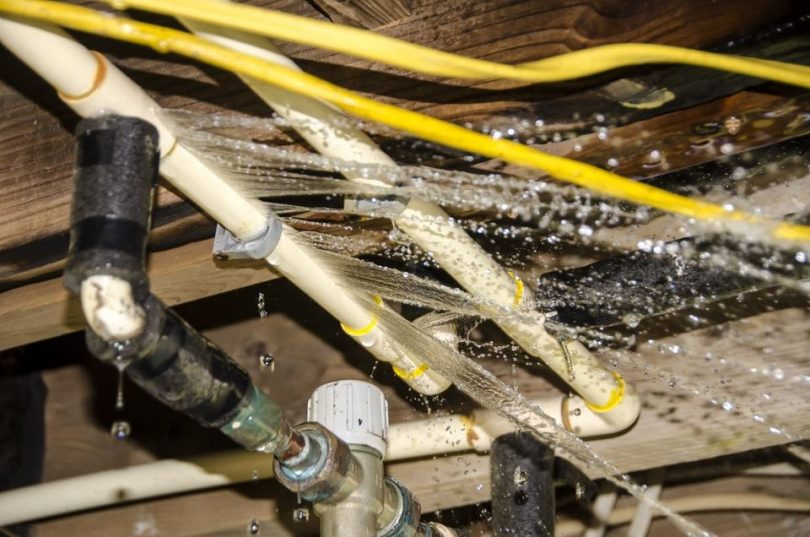
First things first. When you’re looking to buy a mobile or manufactured home, and before you make a bid, one of the first steps to take is to have the home inspected.
INSPECTING YOUR MOBILE HOME PLUMBING
Before signing on the dotted line, especially when it comes to used mobile homes, have the mobile home inspected: plumbing, electrical, framing, roof, and flooring. Mobile homes; single-wide or double-wide, are definitely an option for many, but do your homework first.
It is recommended that potential buyers of a new or used mobile home familiarize themselves with the Manufactured Home Construction and Safety Standards, otherwise known as the HUD codes, as mobile homes and manufactured homes are constructed based on codes provided by the Department of Housing and Urban Development (HUD).
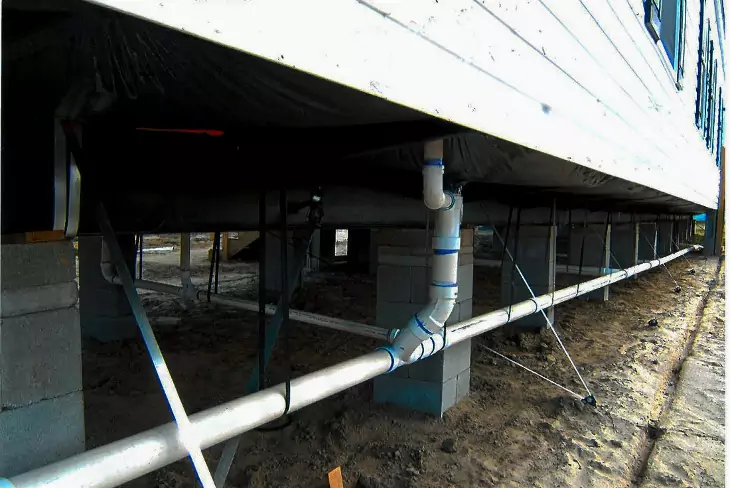
When it comes to a mobile home inspection, you have a number of options:
- Hire a “traditional” home inspector that also has experience in inspecting mobile homes, especially the foundation and plumbing. Construction standards differ from traditional on-site constructions. Costs for a mobile home inspection average anywhere from $250 to $450 dollars, depending on geographical location. Note: Some inspectors will charge extra because they have to enter the crawl space beneath the mobile home.
- Inspect the home yourself on the first walk-through. Pay special attention to signs of water damage or leaks; wet spots on the ceiling, discolored flooring, or sagging areas of flooring, especially in bathrooms. Do you see any signs of water damage on carpeting or near baseboards/paneling?
- Verify that faucets work without leaks. Don’t be embarrassed to look under sinks and cabinets to look for signs of leakage. (You’d be amazed how many sellers don’t expect this of a potential buyer on the first walk-through and have a bowl or bucket catching leak-water under a sink!)
- Don’t forget to check the cabinet flooring under all sinks. The wood should be solid; not sagging, warped, or showing any signs of water exposure or wood rot.
- Give all areas with plumbing connections a good sniff… mildew and mold, and damp wood or paneling often has a funky, musty odor that is also an indication of something going on behind the walls or under the flooring.
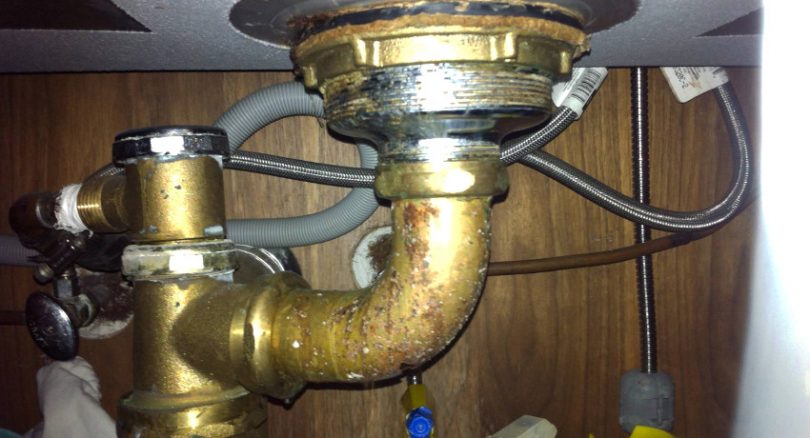
IDENTIFY THE MATERIALS
If you decide to proceed, take more time to inspect the mobile home’s plumbing. Identify the materials being used. Depending on the age of the mobile home, you’ll likely come across different types of plumbing; sometimes a mixture of materials. Not all of these materials are up to code for mobile home plumbing requirements today.
Tip: If you’ve never inspected plumbing or piping supply lines for more than obvious leaks or cracks, it’s best to hire a professional plumber to do the inspection. This approach can save you time and money on costly repairs.
PIPING
In a mobile home, different types of piping as well as fittings are common. It’s important to identify what type is piping is found beneath a mobile home, especially in those built from the 1970s to the 1990s.
In many locations, polybutylene piping was very commonly used in mobile/manufactured homes. It’s not used any longer due to the fact that polybutylene pipe breaks down quite easily.

PVC pipe is fairly typical these days. PVC stands for polyvinyl chloride. It comes in a variety of sizes with diameters that measure as small as ½” to 4 inches. Potential buyers should be aware that PVC piping is only designed to be used for cold water. Using PVC pipe for hot water can eventually result in twisted or warped piping.
Other common mobile home plumbing piping materials used today include:
- PEX – known as cross-linked polyethylene piping, PEX piping has made a recent comeback since it was originally designed in the 1920s. It’s about the same diameter as copper piping and is capable of handling both cold and hot water. Today, you’ll often find it in some types of water-based heating systems. It’s off-white in color, but it’s also sold in a blue or red, with the blue designating cold water, red for hot. The cross-linked polyethylene pipe (PEX) makes upgrading and repairing plumbing for mobile homes much easier than it used to be.
- CPVC piping (chlorinated polyvinyl chlorine) piping is a yellowish color, also designed to withstand hot as well as cold water temperatures. It’s not as thick as PVC pipe but offers greater flexibility. It comes in diameters similar to those of copper piping.
- PolyPipe – a relatively new type of piping, PolyPipe is black and specially designed to withstand high water pressures to and from the mobile home. In most scenarios, it’s installed underground, especially in regions where ground frost and freezing causes ground heave.
Of course, depending on where the mobile home is located, a potential buyer might come across other types of piping under a mobile home, especially if the home is older, plumbing has been done by a do-it-yourselfer or “Mickey Mouse repaired” over the years.
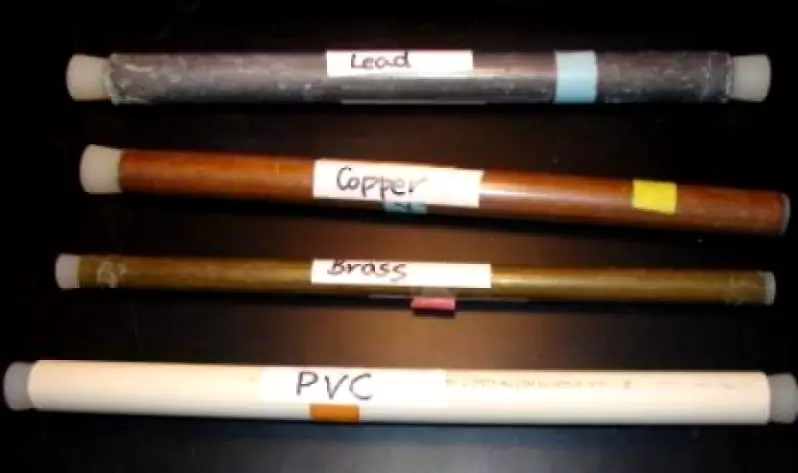
Such piping is more readily recognizable to many homeowners and includes:
- Galvanized steel
- Stainless steel
- Copper
While copper, galvanized and stainless steel are not particularly common under mobile homes, always take the time to inspect. If you find such piping, verify with local building authorities regarding code laws and/or violations and have an inspector come take a look at it.
IDENTIFY THE PARTS
Mobile home plumbing layouts are a fairly simplistic and generally are composed of three basic parts:
- Drain lines – serve as the piping that drains water from the mobile home. Drain lines should be equipped with traps and ventilation within a closed plumbing system. This allows for the release of pressure caused by potentially toxic fumes or gases that eventually build up in the plumbing line. Drain lines are often found laid out in a downward slant or grade of approximately ¼” to ½” per foot in order to allow optimal gravity for drainage that doesn’t allow water to pool in the pipes.
- Supply lines – serve as the source of water into the mobile home. Location of the main waterline often depends on where the water heater is situated.
- Ventilation lines – water coming into the home is pressurized. This is why (if a faucet breaks or you accidentally cut through the wrong pipe without turning the water off first) you’re likely going to end up with a geyser and a big mess.
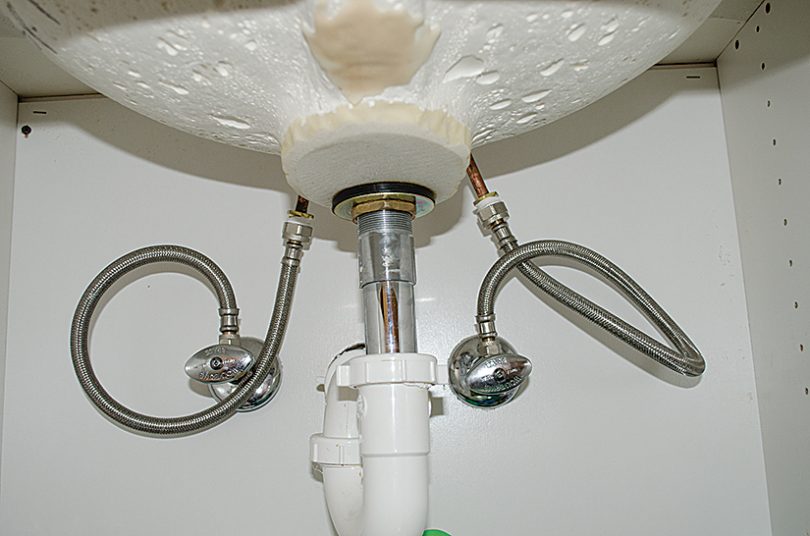
CHECK CONNECTIONS
Connections and joint fittings may eventually wear out over time and contribute to leaks. This costs not only money on utilities, but can increase the risk of mold. But a moderate leak undetected for some time can cause gradual channeling in the dirt under the mobile home. If not dealt with, such situations may cause problems with the foundation.
Something else to look for is a ventilation stack. A stack is simply a pipe that protrudes from the roof of a mobile home. A stack is designed to carry any toxic gases or fumes from waste away from the home.

Look to see if every plumbing supply line in the house has a cutoff valve. These are generally located under sinks (and near the water heater). If not, you might consider installing them to reduce the necessity of having to cut off the main water supply in the event of a necessary faucet or plumbing repair job.
Know where the main line valve is located. In most cases, it’s tucked behind the flashing or skirt installed between the bottom of the mobile home and the ground and is located near any outdoor water hookup. Typically, this is along one of the shorter sides or in the middle of the longer side near the front of the home.
A second option for cutting off water supply is the main water meter – if connected to city piping systems. Otherwise, the water line valve may be located in a pump house for mobile homes that utilize a well system.
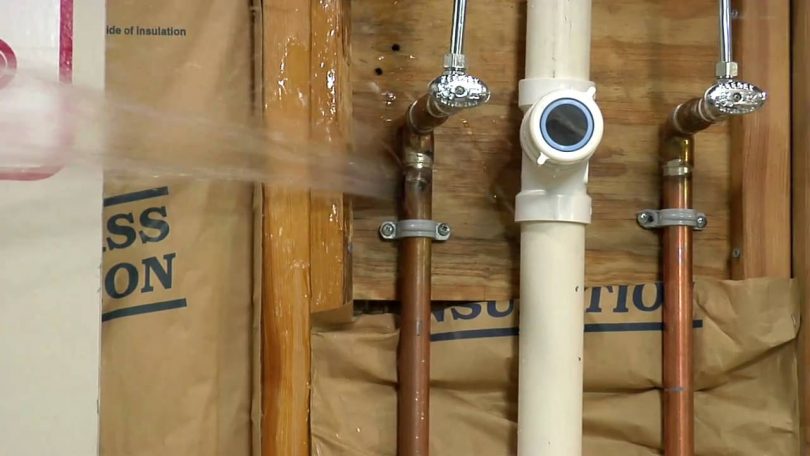
Be aware that if you run a city water system, a special key may be required to remove the meter cover to get to the valve. It’s a good idea to contact your local water department and ask if they supply homeowners with a special (often five-side) “key” constructed into a single metal “T”-shaped contraption that is used to lock the cover down so people can’t tamper with the water lines.
Tip: If you can’t get a meter key and need to turn off the main water supply in an emergency, an appropriately sized wrench (the kind that has fixed jaws on one side, and a whole on the other) and a screwdriver will do. Place the jaws of the wrench against the sides of the bolt and thread the screwdriver through the hole.
Grasping onto both tools, you have a makeshift “T” tool which should prove suitable – but again, only in an emergency.
FIVE COMMON MOBILE HOME PLUMBING PROBLEMS
Unlike traditional construction, plumbing pipes for a mobile home are not designed as ‘in-wall’ installations, but are instead typically found beneath the mobile/manufactured home and “stubbed up” from the ground level to appropriate kitchen, shower/tub, and sink locations.
“Stubbed up” or stubbing in or stubbed in lines merely imply that plumbing connections have been run into the area under the mobile home for connections with appliances or fixtures.
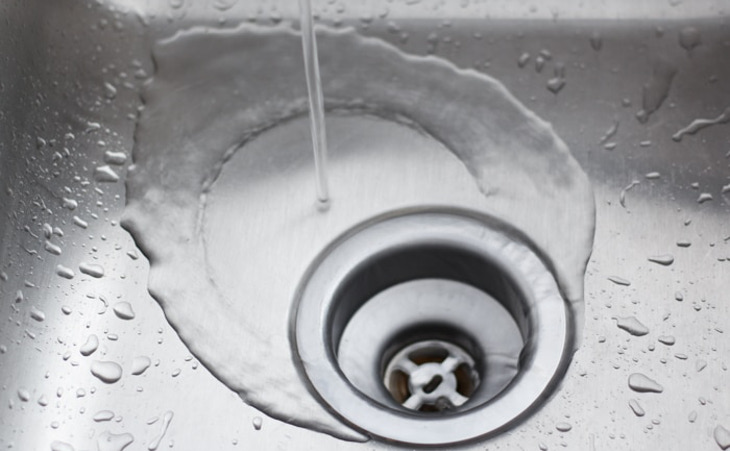
When checking for possible utility issues prior to a mobile home purchase, know what to look for. Plumbing issues found in mobile homes can be similar to those of any other home, the most prevalent being:
- Clogged pipes
- Slow drains
- Backups
- Leaks
However, one of the most important things to keep your eye on when inspecting underneath a mobile home is “belly wrap damage“. The term “belly wrap” refers to plastic sheeting that acts as a moisture barrier and prevents insects, small animals, and ground moisture evaporation from affecting the mobile home flooring.
However, if any type of plumbing repairs have been done on the mobile home, this wrapping may be torn, exposing insulation and in some cases, the actual flooring, wiring, or plumbing lines coming out of or entering into the home.
In some newer mobile homes, a net-like substance covers the “belly wrap”. Over time, belly wrap can sag away from its fastenings on the framing.

Watch for any bulges in the belly wrap, even if it’s intact. Bulging is a primary indication of a leak. How can you tell if the bulging is actually caused by a water leak? One way is to touch it with your fingers. Does it feel like a water-filled balloon?
If you’re not sure (and the mobile home is yours!), poke a small hole in it with a needle or safety pin. If any dampness or moisture whatsoever drips out, there’s a leak.
Polybutylene piping isn’t used in manufactured/mobile home plumbing scenarios anymore, but it’s still found in older ones. You can identify it by its gray color (most PVC piping today is white) and you may find capital initials “PP” and numbers stamped onto the side.
If you find polybutylene piping under the mobile home, you’ll need to replace it. It no longer stands up to code in most places in the U.S. There’s two ways to go about this: either deduct cost of replacing the piping from the overall cost of the mobile home if you’re interested in buying, or have the seller pay to replace it before you sign on the dotted line.
Tip: Be aware that in some locations, local laws may prohibit sale of a mobile/manufactured home with polybutylene piping.
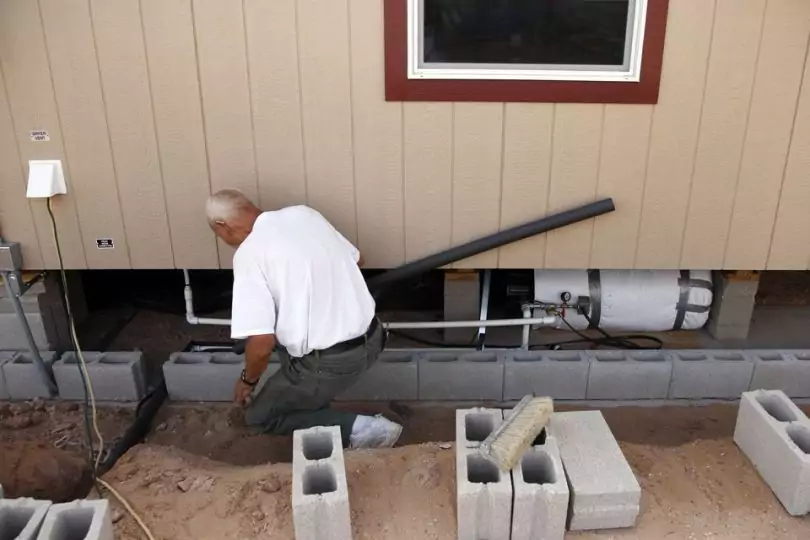
Determine the set-up for washers and dryers. In some mobile homes, the washing machine drainage has been routed (or re-routed) to the ground outside of the mobile home, rather than into the septic tank. Most local health departments frown on this, considering it a health hazard due to potential bacterial contents in the drainage water.
The exhaust piping (most commonly a large, round, flexible tubing) must also be routed to the outside of the home and connected to what is called a termination fitting.
Re-routing or sticking the end of the dryer vent hose under the mobile home or into any of the floor cavities of the mobile home not only increases the risk of fire hazards, but may eventually cause structural damage to the wood framing, walls, or flooring of the mobile home due to build-up of moisture.
Another major difference between “traditional” and mobile home plumbing revolves around the issue of clean outs – or easy access spaces or panels cut out of walls with removable covers that allows easy access to plumbing.
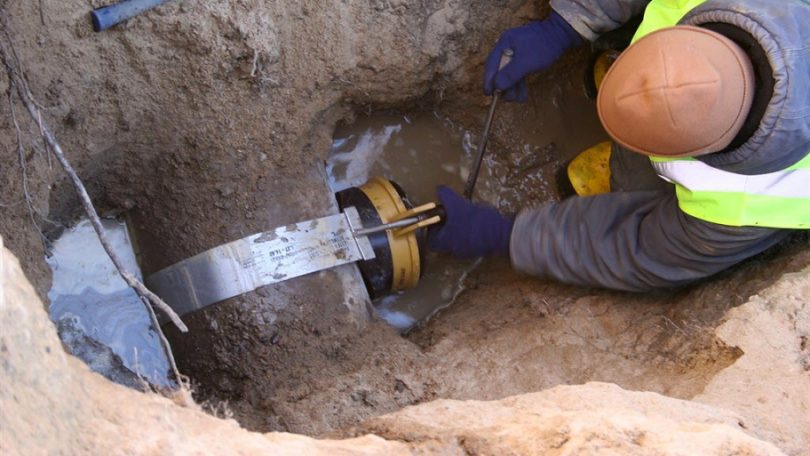
Clean outs are recommended in order to make it easier to clear clogged lines. Clean outs should be located at the main line and locations providing access to under sink plumbing and washing machines.
Another issue: water heaters. Make sure that the water heater installed in the mobile home is the proper type. They must be approved for use in mobile homes and have a safety approval rating. Location, location, location is also important if it’s a gas-operated water heater.
Having a gas water heater installed in the mobile home with no outside access or appropriate venting is against the law, not to mention extremely dangerous. Use of such water heaters can also void potential reimbursement from insurance companies if something happens, and/or void warrantees.
UPGRADING PLUMBING IN YOUR MOBILE HOME
Plumbing upgrades must follow local code specifications. Before engaging in DIY projects to completely or even partially replace current plumbing or dealing with plumbing repairs, schedule a visit with your local building department and familiarize yourself with the latest in plumbing codes and plumbing code violations.

Upgrades can be costly, but avoiding some common mistakes not only saves time, but money. Be aware that typical PVC piping in a mobile home (and traditional homes) lasts anywhere from 25 to 40 years.
Copper piping supply lines can last up to eight decades, while cast iron and brass last even longer. Even if such piping looks to be in good condition, verify that it’s up to code.
Tackling plumbing upgrades on your own, especially without prior experience, can be tricky. Do it yourselfers should know where to draw the line. Some plumbing upgrades and repairs are best left to professionals if:
- The piping in or under the mobile home is polybutylene or lead.
- Several pipes, including drainage pipes, looked to be dimpled on their surface or discolored.
IN CONCLUSION
Remember, if there’s a leak in one place, there’s likely leaks and others. Also be prepared to make more than one call around to plumbers who specialize in mobile home plumbing repairs. Not all plumbers have the experience to upgrade or even repair newer piping technologies used on mobile homes – and some refuse to crawl underneath.
Protect your investment. Regular plumbing maintenance is key to avoiding many common plumbing problems in mobile homes.
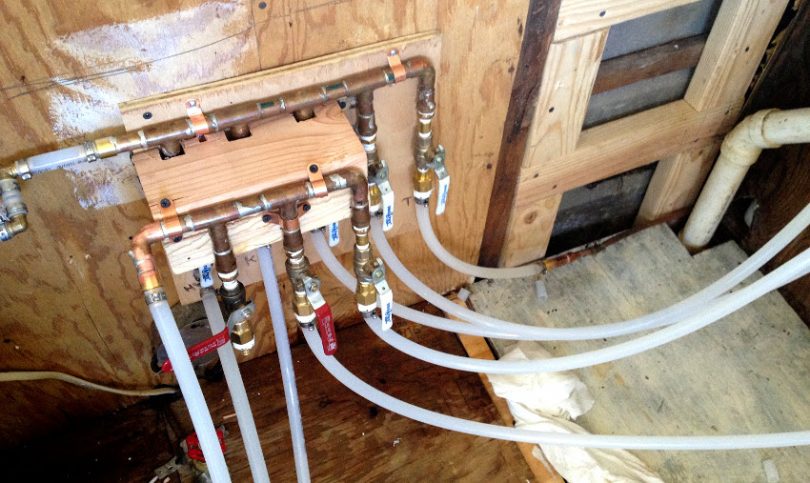
Do you have any experiences with mobile home plumbing? Do you have any questions that weren’t addressed in the article? Let us know if the comments section below.









